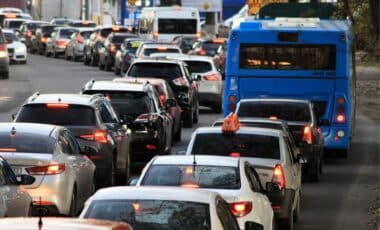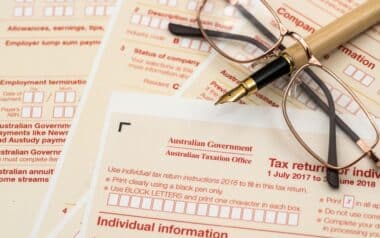A growing number of consumers are falling behind on Buy Now, Pay Later (BNPL) payments, raising concerns about the financial health of users relying on these short-term loans. According to a recent report by LendingTree, 41% of borrowers admitted to making a late payment on at least one loan in the past year. This marks a notable increase from 34% the year prior, highlighting a potential stress point in the consumer credit landscape.
The data arrives amid mixed performance reports from providers. Klarna, the Sweden-based BNPL giant, disclosed a 17% rise in consumer credit losses during the first quarter of 2025, compared to the same period last year. Despite growing revenues, which climbed to over $700 million, Klarna reported net losses doubling to $99 million.
The company has emphasized that its loss ratio remains low at 0.54%, up slightly from 0.51% last year, and maintains that its short-term loan cycles allow for rapid adjustments to market shifts.
Everyday Spending Increasingly Financed by BNPL
One key trend noted in LendingTree’s survey is the growing use of BNPL loans for everyday essentials. Roughly 25% of respondents reported using BNPL to buy groceries, a significant rise from 11% the previous year. This shift suggests that some consumers are relying on installment payment plans for basic needs, rather than just discretionary purchases or big-ticket items.
The trend raises broader questions about affordability and economic pressure. While BNPL services were initially marketed for convenience and budgeting flexibility, the increasing use of these tools for necessities may reflect deeper financial challenges facing households. It also adds to the complexity of interpreting BNPL metrics as indicators of consumer sentiment and stability.
BNPL is clearly booming.
— Mason Ferachi (@tradingwmason) May 20, 2025
We just released an episode breaking down the hidden risks and long-term impact.https://t.co/vmqYXmwDnb
Industry Players Face Market and Regulatory Pressures
Affirm, one of Klarna’s main competitors, experienced a drop in share price earlier this month following a weaker financial outlook, though shares have since rebounded. Affirm, along with Klarna and other BNPL providers, continues to adjust its positioning amid rising competition from traditional credit card issuers and the potential for increased regulatory oversight.
Meanwhile, Klarna has delayed plans for an initial public offering (IPO), reportedly due to market uncertainty and tariff concerns. The company recently announced a partnership with DoorDash, expanding its reach into food delivery—a move that sparked online commentary comparing the current credit environment to the subprime mortgage era, albeit with late-night fast food instead of real estate.
Evolving Metrics Reshape Economic Insight
The growing footprint of BNPL in consumer finance is also reshaping how economists assess the broader economy. While traditional indicators like retail sales and credit card delinquency rates remain vital, the performance of BNPL loans is becoming a new barometer of household financial health. Klarna maintains that credit losses, when viewed as a percentage of total loans, remain low and manageable.
Still, the rise in late payments, combined with increased use of BNPL for basic goods, signals a shift in how consumers are managing financial strain. As financial products evolve, analysts are watching these new behaviors closely to determine whether they reflect isolated trends or broader challenges within the economy.









